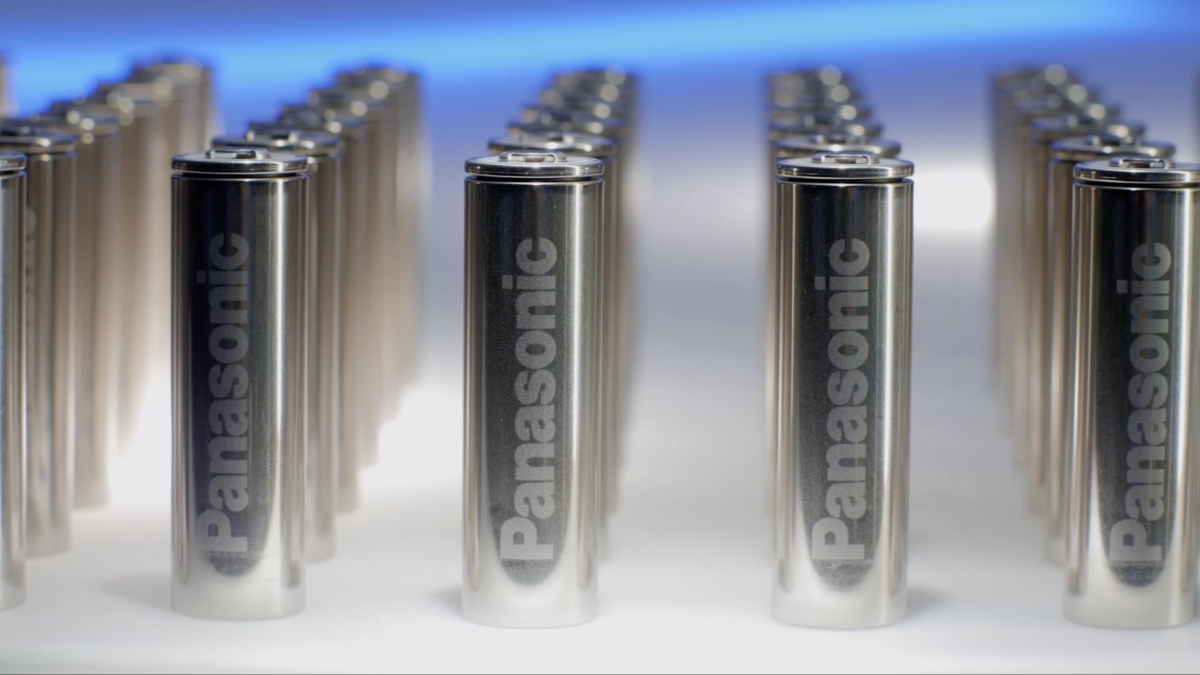Panasonic, which supplies its electric vehicle (EV) batteries to companies like Tesla, announced it plans another $4 billion factory, which is expected to be located in Oklahoma, reports sources close to the Wall Street Journal. The factory joins a Kansas City area facility that was announced last month.
The Kansas factory is expected to create up to 4,000 U.S. manufacturing jobs, and this location would effectively double the total. When complete, the Kansas plant would be the largest economic development in the state’s history and would be larger than the Nevada gigafactory Panasonic currently operates with Tesla.
The two new factories, representing $8 billion in investment, will be built to serve the sharply increasing demand for electric vehicles in the U.S. Automotive manufacturers and suppliers have publicly announced more than $38 billion in investment through 2026 to boost battery production in the U.S., said AlixPartners.
The factories are expected to produce Panasonic’s lithium-ion 4680 cells, of which the properties and exact chemistry has not yet been revealed. Elon Musk has described the Panasonic product as, “the world’s most advanced cell.”
“With the increased electrification of the automotive market, expanding battery production in the US is critical to help meet demand,” said Kazuo Tadanobu, president, CEO of Panasonic Energy. “Given our leading technology and depth of experience, we aim to continue driving growth of the lithium-ion battery industry and accelerating towards a net-zero emissions future.”
Demand is set to be supercharged by recent legislation at state and federal levels. The Inflation Reduction Act (IRA) contains a $4,000 consumer tax credit for low/middle income individuals to buy used clean vehicles, and up to $7500 for new clean vehicles, which includes electric vehicles and plug-in hybrids.
The IRA also provides incentives on the production side, with $40 billion in tax credits dedicated to domestic electric vehicle production. The incentives come as part of an effort to onshore and shorten supply chains, thereby lessening dependence on foreign nations to power the U.S. energy transition.
EVs will also be boosted by the recent California ruling to ban all new sales of gas-powered cars by 2035. Under the law, Californians can continue to drive gas-fueled vehicles and purchase used ones after 2035. The plan also allows for 20% of sales after 2035 to be plug-in hybrids that can run on batteries and gas.
The new law is set to spur demand for infrastructure to support an electric-powered transportation sector, including solar and electric vehicle charging stations. Currently, there are about 80,000 charging stations in California, well short of the goal of 250,000 by 2025.
Other states legislatures, including in Washington, New York, and Massachusetts, have publicly stated that the passage of the California combustion engine ban opens the door for similar laws to be enacted in their respective states soon.
“The climate crisis is solvable if we focus on the big, bold steps necessary to stem the tide of carbon pollution,” said Governor Gavin Newsom.
More than 1 billion customers use Panasonic products every day, generating 86 million tons of CO2 emissions based on electricity consumption figures. This amounts to approximately 110 million tons of CO2 emissions across our entire value chain, a number that is equivalent to about 1% of total emissions from global electricity consumption. The company has entered an initiative to become net-zero in its business operations by 2030 and sets further goals for its sustainability by 2050.
LG Energy Solutions and Honda also announced an agreement to establish a joint venture company to produce lithium-ion EV batteries in the U.S. Under the agreement, the two will invest $4.4 billion to build and operate a plant with an annual production capacity of 40 GWh. Construction is slated for early 2023, with plans to begin mass production of the pouch-based battery cells by the end of 2025.
This content is protected by copyright and may not be reused. If you want to cooperate with us and would like to reuse some of our content, please contact: editors@pv-magazine.com.









By submitting this form you agree to pv magazine using your data for the purposes of publishing your comment.
Your personal data will only be disclosed or otherwise transmitted to third parties for the purposes of spam filtering or if this is necessary for technical maintenance of the website. Any other transfer to third parties will not take place unless this is justified on the basis of applicable data protection regulations or if pv magazine is legally obliged to do so.
You may revoke this consent at any time with effect for the future, in which case your personal data will be deleted immediately. Otherwise, your data will be deleted if pv magazine has processed your request or the purpose of data storage is fulfilled.
Further information on data privacy can be found in our Data Protection Policy.